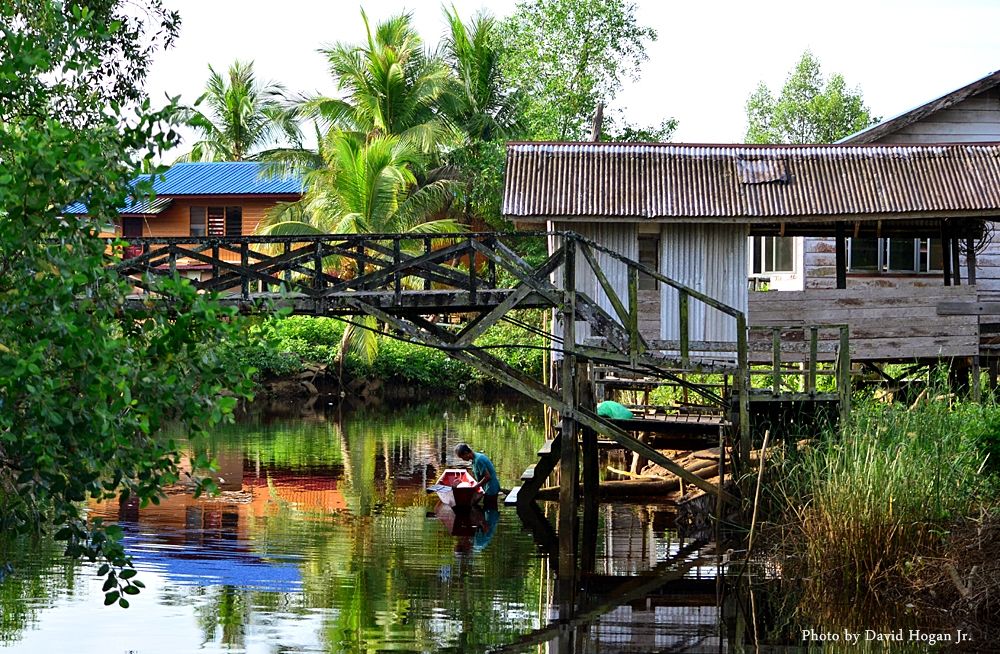
Sibu is one of the main gateways for the central region of Sarawak, attracting locals from the surrounding areas. While he city serves as a massive trading ground for the surrounding interiors of Sarawak, I was actually quite amazed on how much culture Is found around here.
The city of Sibu is connected by flights and also using the traditional waterways using boats. In an experience I never thought I would do, I managed to catch a ferry from Kuching to Sibu, seeing how the coastal and river life still operates as if modernization ceased to exist.
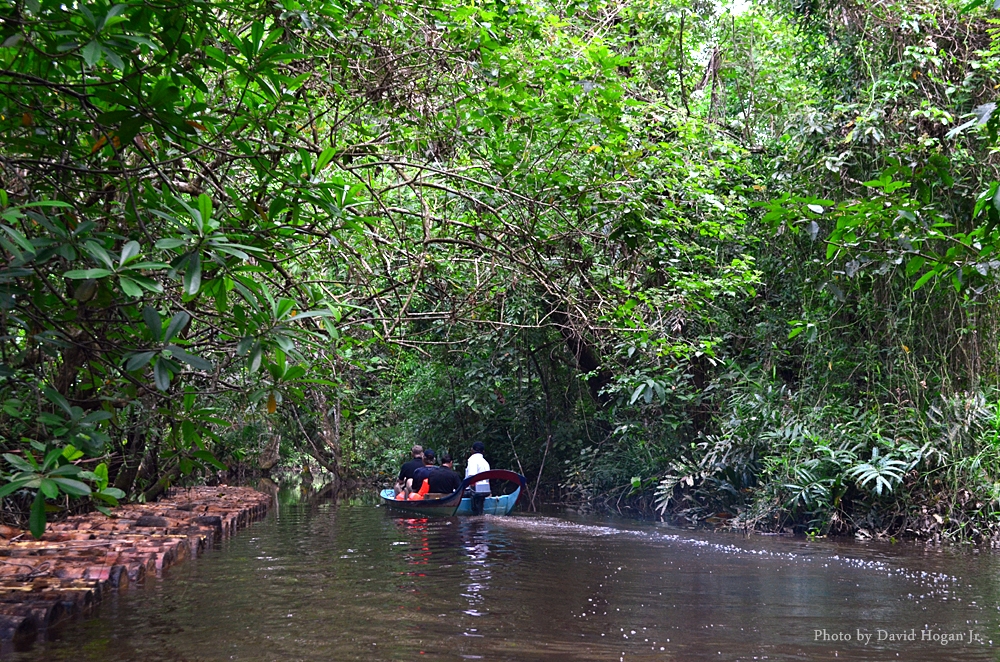
Cruising down the Telian River towards Mukah
From Kuching city, I boarded the ferry which takes almost five hours, stopping at various villages and towns along the way. This is also a common mode of transport for locals, and just to share with you that it also takes about the same time if you take a bus, only here you can relax and absorb the beautiful views.
Once in Sibu, I was introduced to a very laid back way of life in Sarawak, and visiting iconic places like the Sibu Heritage Center, Sibu Night Market and of course, the largest wet market in Malaysia, the Sibu Market. Soon after, I was on route to Lamin Dana, a traditional Melanau boutique guest house in the heartland of the Melanau people.
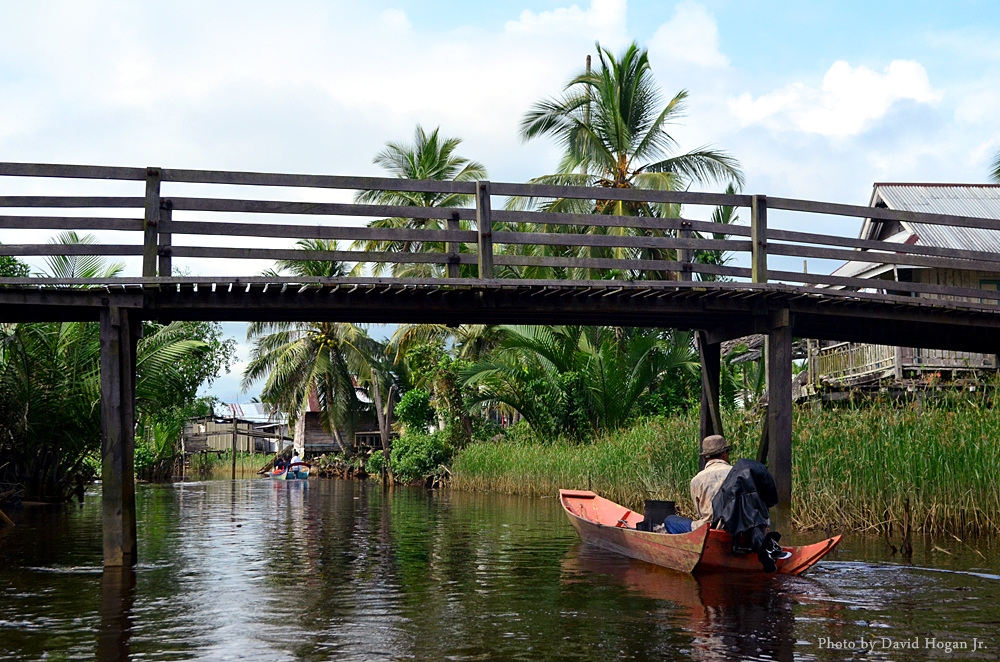
A lone Melanau boatman going to work on his boat
Melanau People of the Telian River
It was here that I was exposed to the centuries old ways of the Melanau people. Lamin Dana is located by the Telian River or Tellian as some spell it, which is on the outskirts of Mukah, a coastal town in Sarawak.
The main Telian river runs from inland towards Mukah, and along the way, Melanau villages are built by the river here. Nearer to the coast, you will see more Melanau fishing villages and as you go upriver, you see a different type of Melanau village.
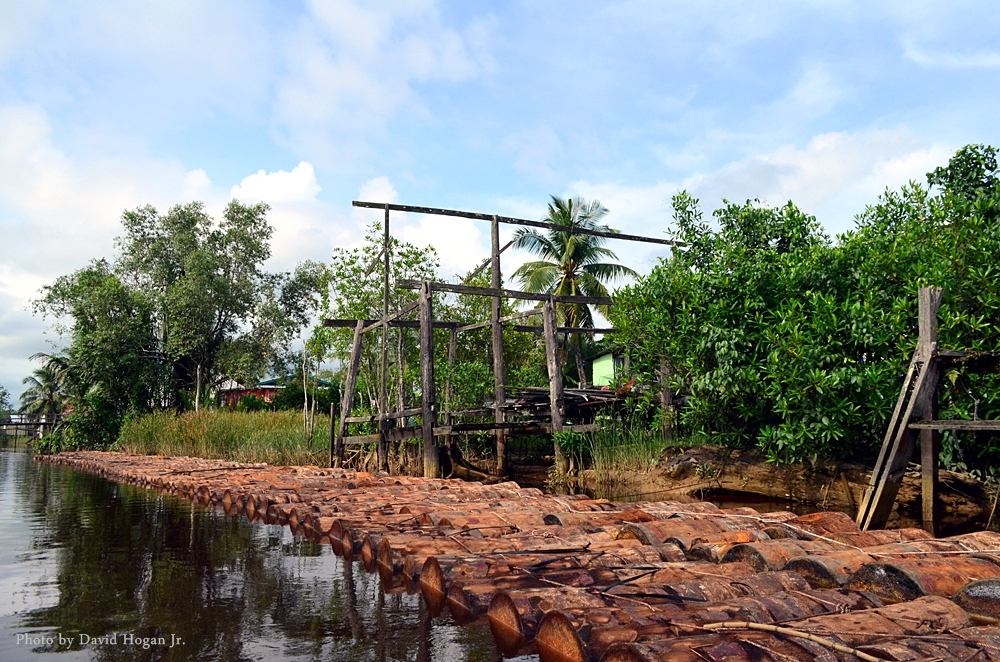
Raw Sago trees cut into chunks floating in the Telian River
As I cruise down the river in a traditional Melanau wooden boat, complete with a small engine, I am captivated with how rich the river life is. Meaning that local Melanau people still use the river as a main source for everything. From cooking to washing and even Sago processing.
Sago is one of the main homegrown processes here, and along the Telian River, I saw two main Sago producers, and made a stop to see how the process was done. From the Sago tree, it is cut into chunks and processed by one family using old ways.

Processing the raw Sago into little balls and baking them on a traditional fire stove
From there, the raw sago is sent to another home where it is then processed into little Sago balls and then baked with firewood. This process was done by skilled Melanau women who painstakingly do this on a daily basis. The younger generation is not seen anywhere, and asking, I was told that the parents have made sure that education was the priority and hence at school.
For me, this was truly an eye opener as I had always assumed that the the Melanau people were seafaring farmers. And little did I know that the Melanau were also found inland and by the main rivers. Asking my guide, I was told that the Telian Village is one of the few remaining traditional Melanau villages in Sarawak.
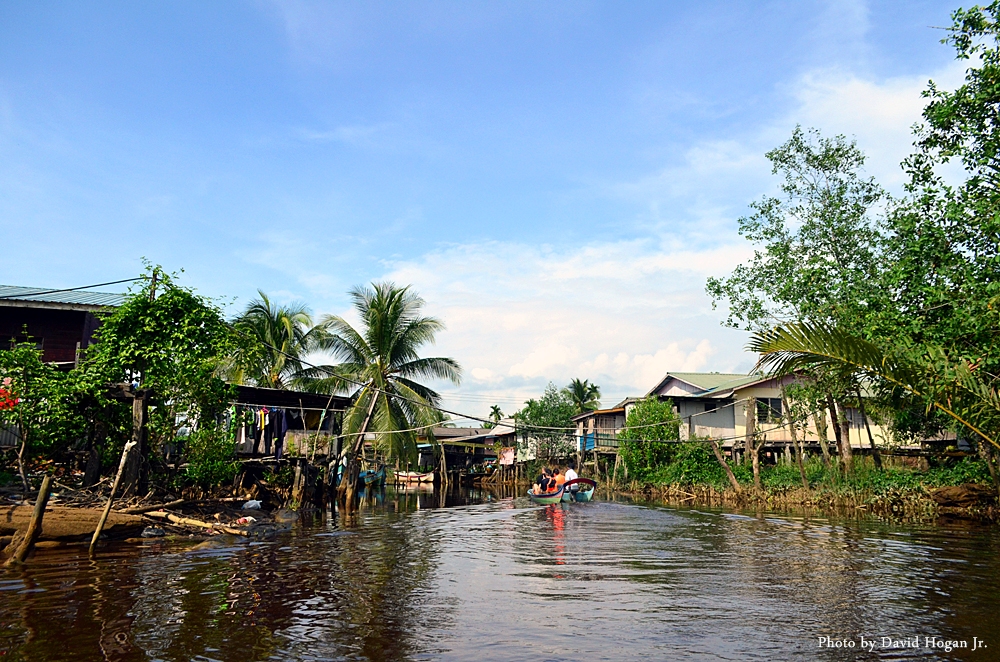
The Melanau village by the Telian River known as Kampung Telian
Having experienced this, I would strongly recommend those wanting to see a different side of Sarawak to visit Sibu. Also, I would recommend taking the boat or ferry there from Kuching as it will show you a very unique and different side of Sarawak.
When you are here, do ask them about the walking tours around Kampung Telian as you will see how close the homes are, and how life is at here. My journey here was truly a fascinating and enchanting experience, and I believe it should be explored by other travelers.
Photos by David Hogan Jr